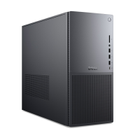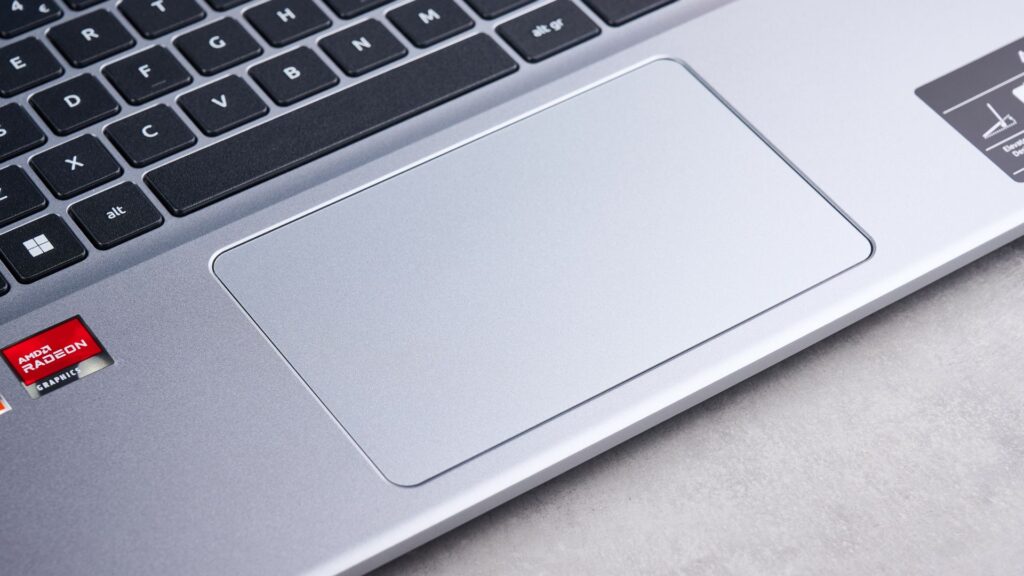- Windows 11 has functionality for more advanced haptic feedback for trackpads and mice on the way
- This feature is called haptic cues, but it’s not officially in testing yet
- It’s hidden in preview but will hopefully go live in testing soon, offering more ways to get haptic feedback when interacting with Windows 11’s interface
Windows 11 is apparently set to receive new functionality for a haptic mouse or laptop touchpad in addition to the basic feedback already in place, and this incoming feature is called haptic cues.
Windows Latest noted that PhantomOfEarth, a regular source of Microsoft rumors on X, has once again dug into preview builds of Windows 11 and discovered the haptic cue feature tucked away.
New options for mouse haptics in Settings coming soon (hidden in latest Dev/Beta build) pic.twitter.com/XQuMjxKuiM9 November 2025
When it goes live—and haptic cues aren’t working yet, or even present in the preview—based on the menu options shown, you’ll be able to turn on haptic feedback when clicking a window into place or “adjusting objects” and other Windows 11 interface elements.
In other words, with a trackpad that supports haptic feedback, there will be a physical “buzz” to indicate that window in question has been snapped (or whatever other interface actions this feature is ultimately attached to). The same goes for a mouse that supports haptic feedback.
Those without a haptic-activated mouse (like Logitech MX Master 4, for example) or the trackpad, of course, do not get the benefit of this functionality.
Analysis: hoping for happy haptics
This won’t be seen by Windows testers yet – it needs to be enabled using a configuration tool (ViVeTool) – but it’s in the background of Windows 11 previews in the Dev and Beta channels, indicating that Microsoft is ready to send it live in testing in the future. Granted, it won’t necessarily happen, but there’s a fair chance it will.
As Windows Latest points out, the basic haptic feedback you already get — just to tap to click (replacing the mechanical click of a traditional touchpad) — is a lean experience in itself with a trackpad on a Windows 11 portable, and this extends the idea to provide useful additional bells and whistles to give you a satisfying physical feel when interacting with certain parts of the operating system’s interface.
Not everyone might be keen on multiple instances of their peripherals buzzing off them, of course, and if you’re the sort of person who turns off your console controller’s rumble effects, you won’t need these extra haptic features. Or you can adjust the intensity of the effects so that they are only very small (although how small, we won’t know until this feature actually appears in test versions of Windows 11, assuming it does).
Microsoft is catching up with Apple here as the rival company is keen on its haptic feedback. Apple introduced full-fledged Force Touch technology to its MacBook trackpads a long time ago, along with Haptic Touch with newer iPhones or iPads (although some feel it’s a clear downgrade from 3D Touch, the equivalent of Force Touch for older Apple smartphones and tablets).

The best computers for all budgets
Follow TechRadar on Google News and add us as a preferred source to get our expert news, reviews and opinions in your feeds. Be sure to click the Follow button!
And of course you can too follow TechRadar on TikTok for news, reviews, video unboxings, and get regular updates from us on WhatsApp also.



